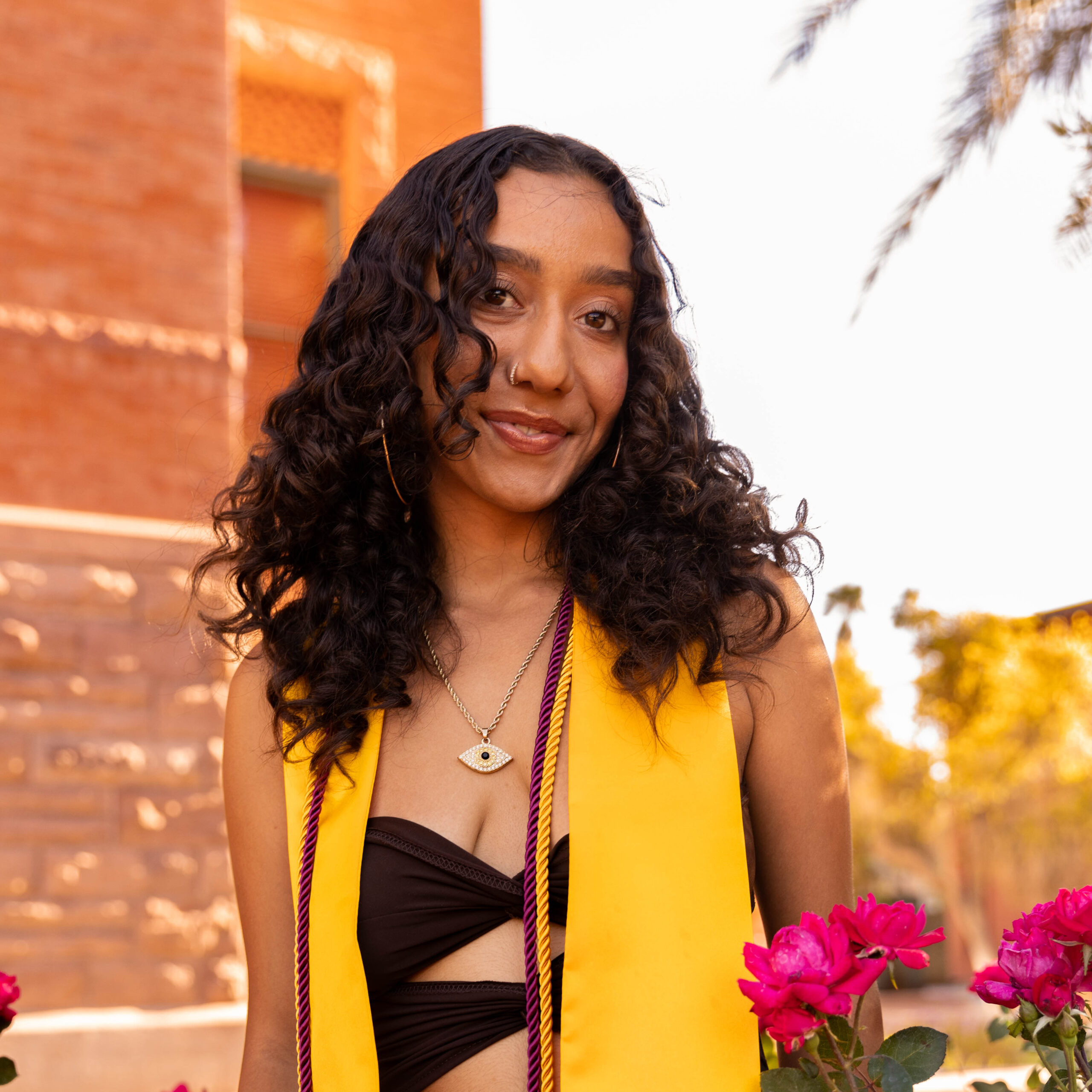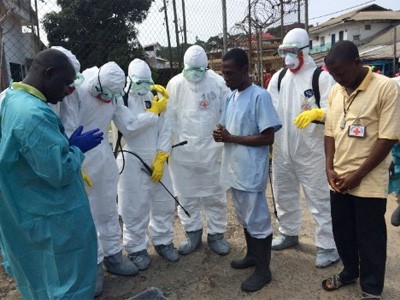“I love your face, where can I get it?”
What happens when you opt to get plastic surgery but the estimated cost is far outside of your budget? A new answer has formed over the last decade with increased globalization – pick up a passport and get the procedure done elsewhere.
With constantly shifting standards of beauty, women and girls are met with expectations that often push them in the direction of plastic surgeon clinics. The desire to be young and beautiful can be so pervasive that people will find themselves scouring the internet with no geographical limits in a quest for the most cost-efficient procedure. This has opened the doors for the medical tourism industry to thrive as patients travel worldwide for cosmetic work.
Patients Beyond Borders is a consulting firm specializing in medical tourism. According to the firm, the medical tourism market was worth $74-92 billion as of 2019, including medically-related costs, cross-border and local transport, inpatient stay and accommodations. Cosmetic surgery exists in every corner of the world and the medical tourism industry continues to grow at a rate of 15-25%.
If you want work done, whether it be breast augmentation, liposuction, rhinoplasty, or hair transplants, there is a worldwide market awaiting your coin.
In 2022, Americans spent over $16.5 billion on cosmetic plastic surgery and minimally invasive procedures. Turkey amassed $3 billion through package tourism expenditures from April to June alone. In Thailand, the plastic surgery industry was valued at $1.52 billion USD in 2021. These are just a few statistics of a worldwide cosmetic industry that continues to grow.
While the U.S. has the highest GDP worldwide at $20.89 trillion, high costs for elective medical procedures at home are spurring Americans to look overseas for affordable care, creating an opportunity for global markets with good medical standards and lower costs. Some of the top locations for cosmetic medical tourism are Turkey, Mexico, South Korea, and Thailand, and the top three procedures done worldwide are hair transplants, cosmetic dentistry, and rhinoplasty.
Traveling across borders for lower costs
Tourism is the backbone for a lot of countries to grow their economies and generate wealth. Turkey, for example, welcomed nearly a million international tourists seeking either medical or cosmetic work. If you opt to travel to Turkey for cosmetic work, you can save about 50-65% in comparison to cosmetic work received in the U.S. This has led Turkey’s medical tourism industry to grow at a rate of 22.6 percent. Turkey’s current GDP is composed of 52.75% services, 31.11% industry, and 5.54% agriculture. A hit to the industry would be a hit to Turkey’s economic success and GDP.
American tourists also travel to Mexico, Thailand, and Colombia in the pursuit of cosmetic work. Common procedures done in Mexico often involve dental care and weight loss surgery as the prices are considerably lower than in the neighboring U.S. In Thailand, the top procedures were rhinoplasty, eyelid surgery, and breast augmentation.
To appeal to international customers, package deals are often provided to those seeking cosmetic work. The deals usually include translation services, airfare, hotel, and the procedure itself. This can be more enticing to customers as it offers more components in comparison to work done in their native country. While it can be enchanting to travel internationally for cheaper cosmetic work, it is important to factor in the risks associated and have a plan to approach them.
European beauty standards are often at the root of global aesthetics and norms–thinness, a ski slope nose being thin and tall, long hair, big breasts, and high cheekbones. With international eyes on America and Europe, it is easy for women all over the world to see actresses in Hollywood as the standard for beauty, and then opt to attain that beauty within a clinic.
Surgery as a status indicator
Iran in particular is famous for being a hotspot for rhinoplasty, commonly referred to as ‘nose jobs.’ The dorsal hump is often an indicator of one’s Persian identity. Yet Iranian men and women find themselves in one of Iran’s many rhinoplasty clinics to alter the structure of their traditional nose and adopt a more European nose.
Tehran resident Mahta, who asked that her surname not be used due to Iran’s limits on free speech, explains why she received her nose job at age 23. “In Iran, people attach too much importance to facial beauty because of the issue of hijab, which results only in women’s faces being visible. The only thing women can show to others is their face and its beauty.” Ever since Iran’s 1979 Islamic Revolution, where the nation abandoned monarchy and embraced theocracy, women and girls must comply with rigid dress code rules. Embracing a strand of hair or showing too much skin within the Islamic Republic leaves women subject to different types of penalties. As a result, Iran has some of the highest rates of rhinoplasty as a woman’s face is her only way to present herself. Moreover, while rhinoplasty is used to enhance one’s appearance, it can also be used to establish prestige in Iran.
Dr. Nizam Missaghi is an assistant clinical professor of anesthesiology at the University of Arizona and a managing partner at Grand Canyon Anesthesia, LLC. He has been practicing medicine since 2006.
Dr. Missaghi was raised in Iran and knows about the inclination Iranians feel towards rhinoplasty. “It’s about status, there are actually people who could not afford nose jobs. But when they went to the street, they would put white tape over their nose, just so people think they’ve had nose jobs,” Missaghi said. “In the U.S., when you get a nose job, the cast comes off after a week. Sometimes there, they tend to wear it for much longer, just because they want people to know – it’s about class. It’s about social status.”
Plastic surgery elevates one’s social status as it proclaims one has the financial means to get the work done. Procedures are costly and generally more accessible to affluent members of society. This is the unsaid luxury of cosmetic medical tourism – it is often more accessible to larger groups of people, particularly people who would not have the means to get work done within their home country. In America, you need a couple thousand dollars to get work done. If you opt to travel, you can find yourself paying considerably less while also getting the opportunity to travel and accommodations for your stay.
Being smart and doing the research
Dr. Missaghi explains that while an overseas procedure itself might be less costly, patients should weigh the potential risk factors before hopping on a flight. ”Medical tourism takes advantage of cost differences between places. Generally speaking, there is a cost difference, because labor costs are less, because doctors’ earnings expectations are less, because medical malpractice insurance [is cheaper], because facility costs are less,” Missaghi said.
“Go look and see where this doctor has gotten their degree. If you’re doing tourism, demand to be seen by the doctor in a video call, and then ask them the questions,” Missaghi said. “You should ask if they’re certified by the board. Try to search online to see if you can verify that certification. Try to get a sense of how many years they’ve been in practice.”
Other courses of action include looking up patient reviews, liabilities, and risks associated. While cheap costs can be alluring, being adamant about safety can be of higher importance than the aesthetic results.
Beauty standards are ever-evolving and there is a market ready to take advantage of that. Being diligent in researching surgeons and clinics can be monumental for consumers to advocate for themselves to attain their desired results.









